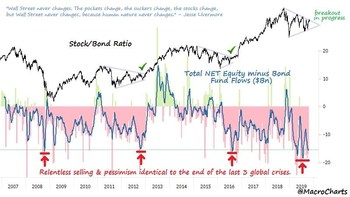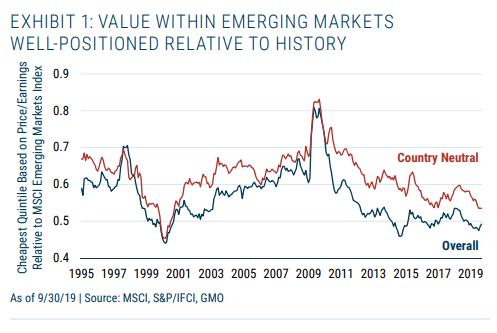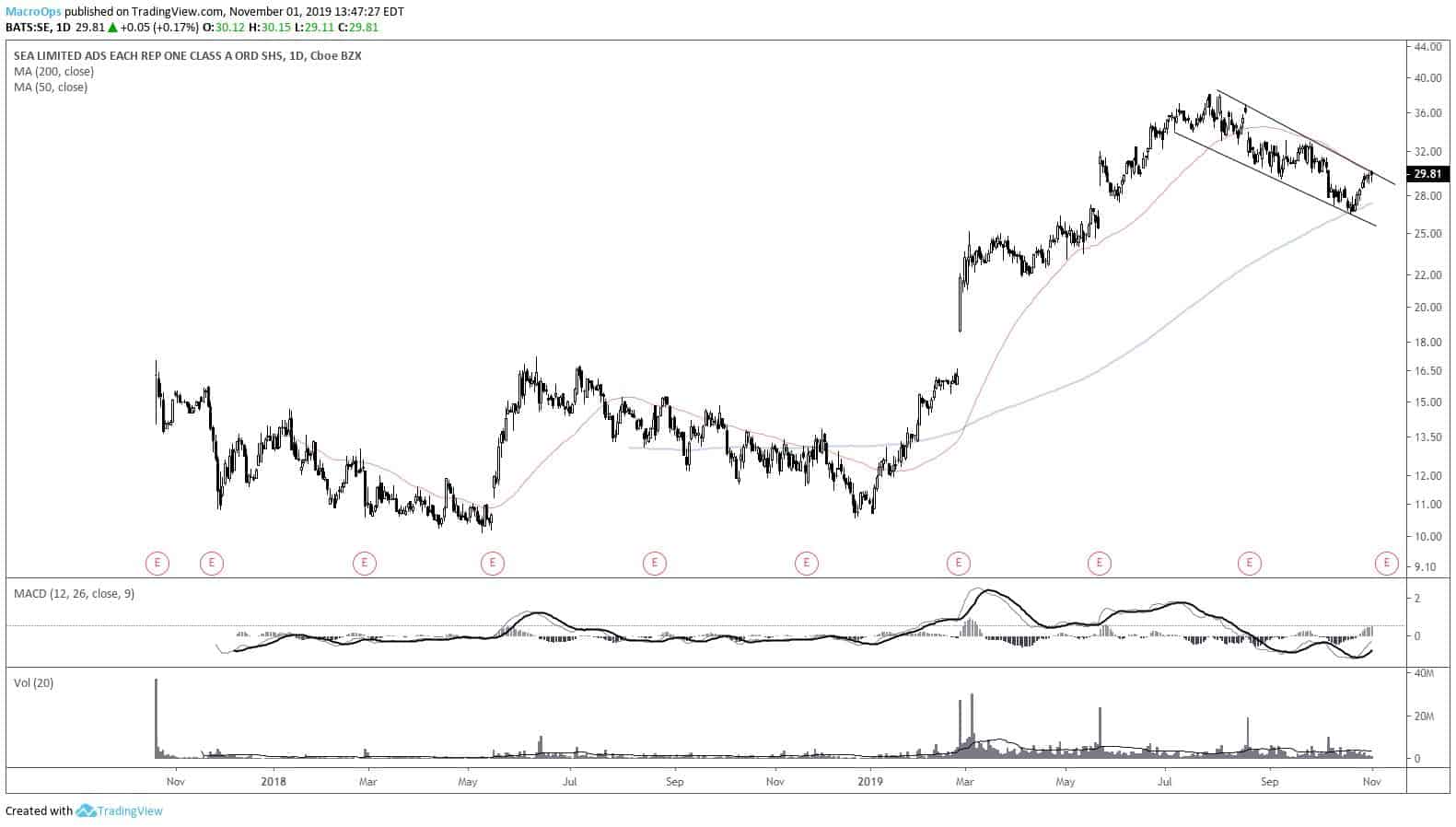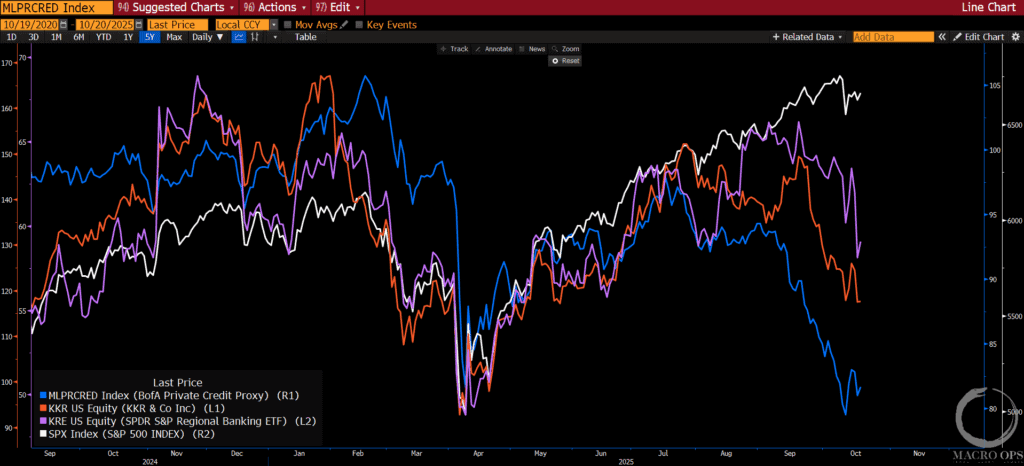Alex here with your latest Friday Saturday Macro Musings…
I’ve been laid up the last few days with the flu hence my tardiness in getting this out.
As always, if you come across something cool during the week, shoot an email to alex@macro-ops.com and we’ll share it with the group.
Latest Articles/Podcasts/Videos —
Your Monday Dirty Dozen [CHART PACK] — I look at breakouts, breadth, and credit confirmations that are ALL signaling a move higher in global risk assets. Also, we look at positioning amongst inflation assets and see where the pain points in the US dollar are amongst CTAs.
Brandon’s Value Hive — More of our favorite value manager Q3 letters. Tiffany receives a premium takeout offer. A 16-page article on everything Jim Chanos. TechCrunch has an ‘oopsie’ with SnapChat, and more!
Articles I’m reading —
Barry Ritholtz wrote a review of a new book about Jim Simmons and the hedge fund powerhouse he founded, Renassaince Technologies. The book is titled “The Man Who Solved the Market: How Jim Simons Launched the Quant Revolution” written by Gregory Zuckerman. George spent nearly three years researching the firm and was given direct access to the hyper-reticent Simmons for interviews.
Here’s the link and a cut from the article.
“…Zuckerman painstakingly reconstructs the 30-year track record of the firm’s crown jewel, the Medallion Fund. Although rumors of its performance have long circulated on Wall Street and in the press, the actual numbers are even more mind-blowing: From 1988 to 2018, Medallion returned 66.1% annually before fees. Net of fees, the gains were 39.1%. Estimated trading profits during those 30 years amounted to $104.5 billion. About those fees: If the standard hedge fund management fee of 2% of assets under management, plus 20% of the profits sounds expensive, then what do you think of Medallion’s “5 and 44”?”
I’m looking forward to reading this one.
Dylan Rice of Calderwood Capital Research is back to publishing his “Popular Delusions” series. In the latest report, Dylan covers the failed state of Venezuela (and goes through the value case for Venezuelan bonds), then gives his take on MMT, and ends with a quite unfavorable review of David Graeber’s book “Debt: The First 5,000 Years”.
Here’s the link along with some of his thoughts on MMT.
“To repeat, I really don’t like this and find it a terrible idea on many, many levels. Primarily, I don’t buy the premise that we are all better off because central bankers and government officials have some clever way of ‘managing’ the macroeconomy. To me prosperity, wealth, job creation are micro, not macro phenomena.
But bad ideas can still become policy (eg imperialism, eugenics, socialism). And if I was a host to the macroeconomic meme, and I believed that my judicious interventions could make the world a more prosperous and harmonious place, I’d be looking at MMT’s idea that government spending should only be constrained by the economy’s inflation speed limit, and I’d be excited. I’d be thinking, “Globally inflation is low and falling. Economists have been warning about the dangers of deflation for years now, and we’re getting closer. Surely, that can only mean … we’re not spending enough money fiscally!”
Alternatively, if I were a megalomaniac politician living for votes and seeing myself as some kind of wise benevolent dictator, I’d be rubbing my hands and salivating.”
Looks like Dylan and I are on the same page in regards to MMT. It’s an okay idea in theory but one that’ll surely be abused in practice.
Lastly, GMO recently published a report touting the favorable valuation tailwinds for emerging market stocks. With the dollar stumbling and EM stocks showing strong technicals, it might be a good time to check your EM exposure. Here’s the link and a chart.
Charts I’m looking at—
@MacroCharts has been killing it with his fintwit charts lately. He considers the below Stock/Bond ratio to be one of the most important charts in the world at the moment. I agree.
Podcast I’m listening to —
I listened to two great podcasts this week. The first is Eric Weinstein’s “The Portal” with comedian Bryan Callen. Eric and Bryan talk for more than 2-hours on everything from the enlightenment, “cancel culture”, the holocaust, to gender dynamics and more. The Portal has quickly become one of my new favorite podcasts. This latest episode doesn’t disappoint. Here’s the link.
The second is the latest Bloomberg OddLots interview with Brad Sester of the CFR. They talk about the Taiwanese life insurance industry and the massive position they’ve built up in USD denominated assets — I wrote about this a few months ago but Taiwanese Lifers own something like 15% of long-term Corporate debt, which is wild.
The interview is a LOT more interesting than the title makes it sound. And it’s an important development to stay abreast of, especially if we see the dollar start a new downtrend. Here’s the link.
Book I’m reading —
This week I returned to a book I’d read years ago and had to pick up again for a piece I’m writing. The book is “How I Made One Million Dollars Last Year Trading Commodities” by Larry Williams. It’s a poorly edited so-so read but there’s a few interesting nuggets in it.
The book is about Larry’s legendary run in the 87’ World Trading Championship where he clocked an eye-watering 11,367% return — a record that still stands to this day.
Wanna know something interesting? The third all-time record return in that same championship was 1,000% and made a decade later by larry’s daughter, Michelle Williams. If that name sounds familiar it’s because Michelle is also a famous Hollywood actress who was once married to Heath Ledger. Pretty wild, right?
Here’s Larry’s “most important trading advice”.
Buy only on down days
Sell only on up days
That advice is worth thousands of dollars. It’s hard to follow, like all good market techniques. But, it’s dynamite. It will put you into positions at optimum prices where you are protected and well-entrenched.
The herd instinct almost forces us to buy on up days while the laws of probability (which work well with commodities) tell us that up days are more likely to be followed by down days. Especially if it’s the third or fourth up day of a move. Don’t fall for these sucker plays!
Trade I’m considering —
A bunch of EM names are setting up nicely. The EM relative outperformance against the US over the last few months could spark a feedback loop fueled by heavy investor concentration in the US where capital flows out to EM driving the US dollar lower and thus raising the total returns of EM assets and so on.
One of the names I like is Sea Limited (SE). Here’s a chart of it on a daily basis.
Sea Limited is a holding company whose subsidiary’s include the online marketplace platform Shopee which primarily serves Southeast Asia ( Indonesia, Taiwan, Vietnam, Thailand, Philippines, Malaysia, and others).
Hayden Capital put out a good slide deck on the company last year (link here). I like the chart and the long-term macro drivers of the business. I’m still doing some digging but this one is worth keeping on your radar.
Quote I’m pondering —
It belongs to the imperfection of everything human that man can only attain his desire by passing through its opposite. ~ Soren Kierkegaard
That’s it for this week’s macro musings.
If you’re not already, be sure to follow me on Twitter: @MacroOps. I post my mindless drivel there daily.
Have a great weekend.












